

The Golden State has surged past the South and other regions in reversing racial and ethnic integration among children.
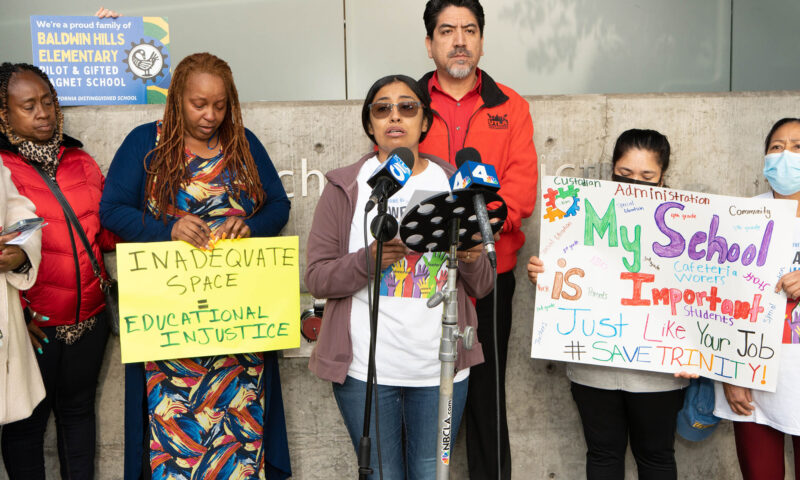

Their opposition to co-locating charters on traditional campuses reflects tensions throughout many schools and districts.
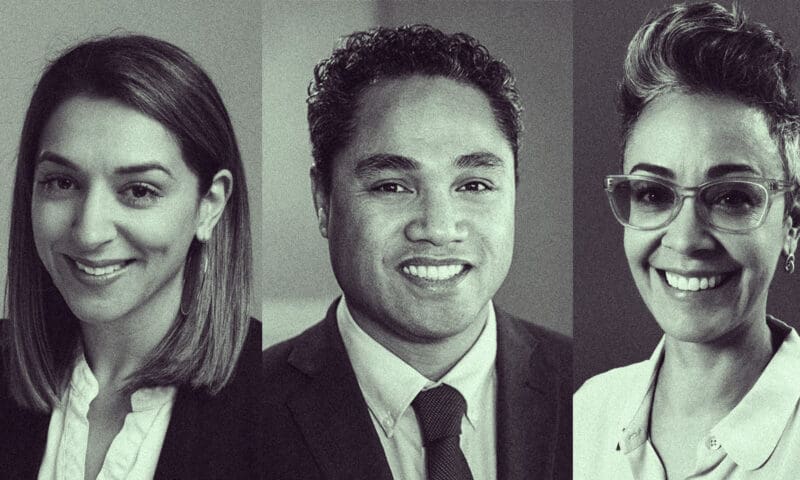

Deluge of outside funds signals a national strategy for replacing elected officials.
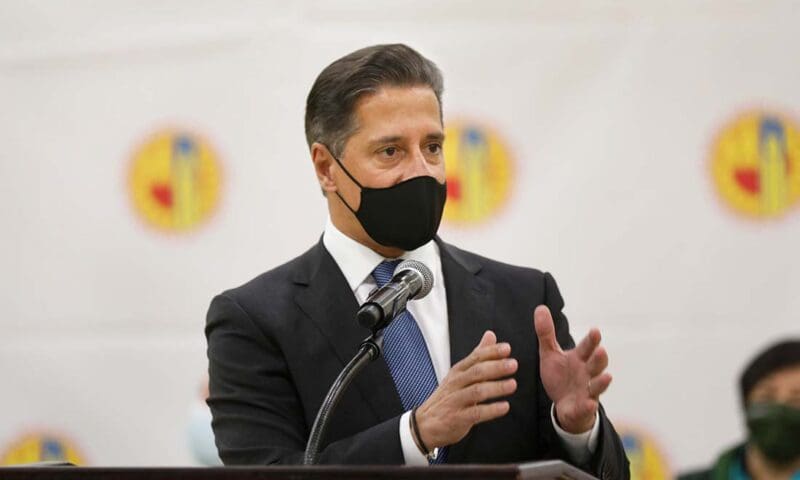

Alberto Carvalho, a proponent of school choice, oversaw a growth of magnet and charter schools in Miami.
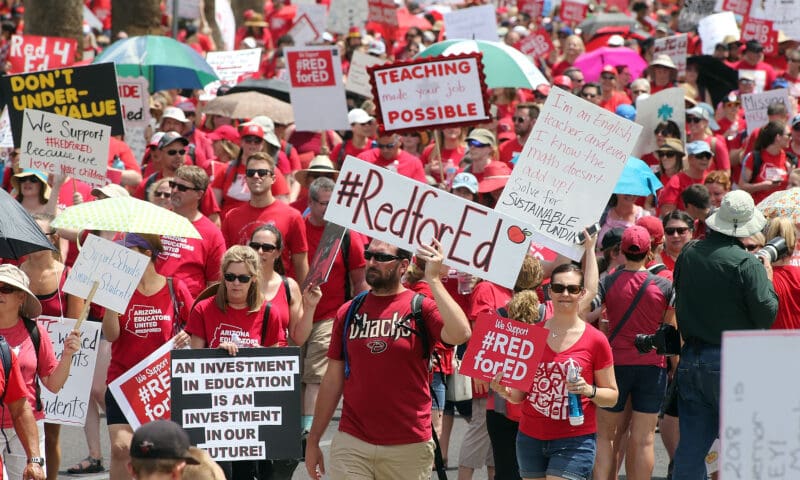

But teachers and their allies are fighting back in Arizona, Kentucky and elsewhere.
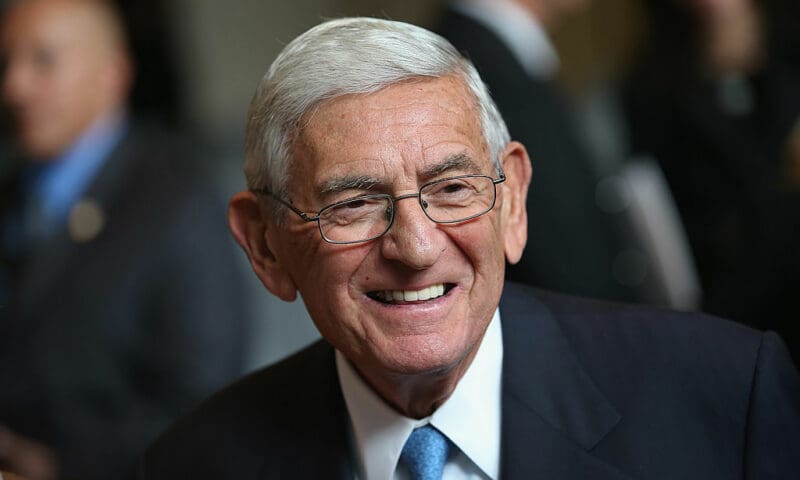

From Our Archives
Lionized in death as a champion of Los Angeles’ cultural institutions, Broad also left behind a contentious education legacy.


Different sets of construction regulations allow California’s charters to build without environmental oversight.
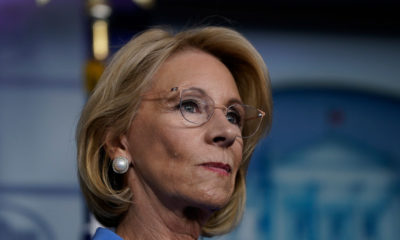
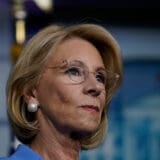
Critics charge DeVos is exploiting a national public-health crisis to promote her agenda of privatizing public education.
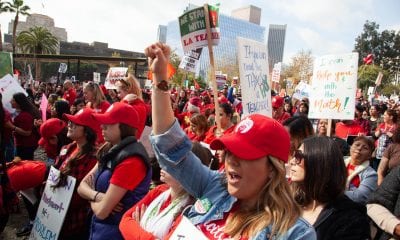

We bid a long goodbye to 2019’s education controversies with 10 Capital & Main stories that captured the year.
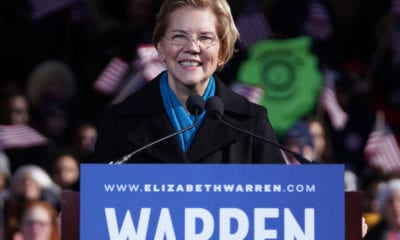

Where Elizabeth Warren and Gavin Newsom’s plans to reinvest in public schools most diverge is on funding mechanisms. Liz has one; Gavin doesn’t.


A Latinx novelist challenged Georgia Southern University students to think about their whiteness. They did, and the results were not pretty.
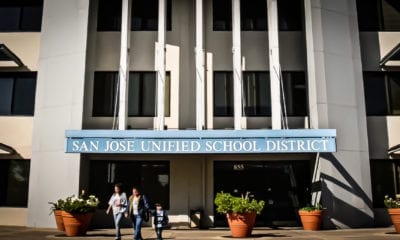
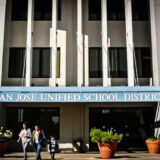
Armed with a state override of its rejected application, Promise Academy filed a new request. Then came the lawsuits.
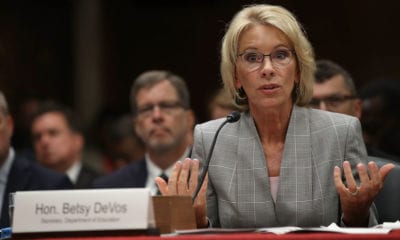
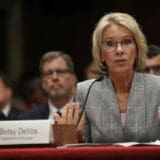
It’s Betsy’s world and scholars just live in it.
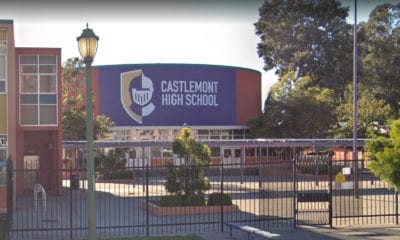

Whistleblowers have accused staff at East Oakland’s Castlemont High of manipulating grades for nine students.


Researchers say low provider pay and low quality care are endemic to California’s patchwork childcare industry.
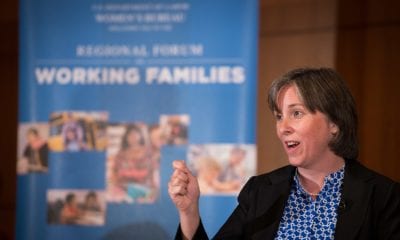

The packing of an education task force panel has diluted a highly anticipated Assembly bill reforming charter schools.
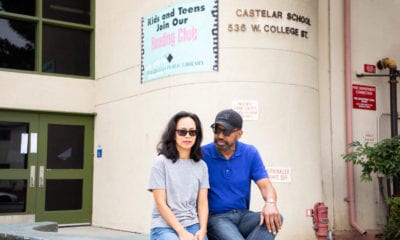

Read the full story here.


Aided by an incurious media, most Democratic presidential contenders have been allowed to slide around charter school issues.
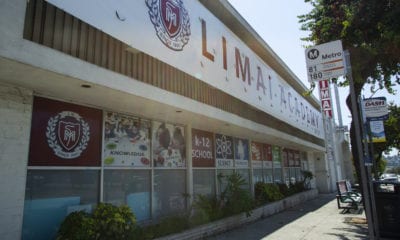
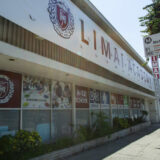
There has been no shortage of charter school failures in California, and the rate of abrupt school closures is very high across the nation.


Unearthed emails reveal a cozy relationship between the L.A. schools superintendent and the charter school lobby.